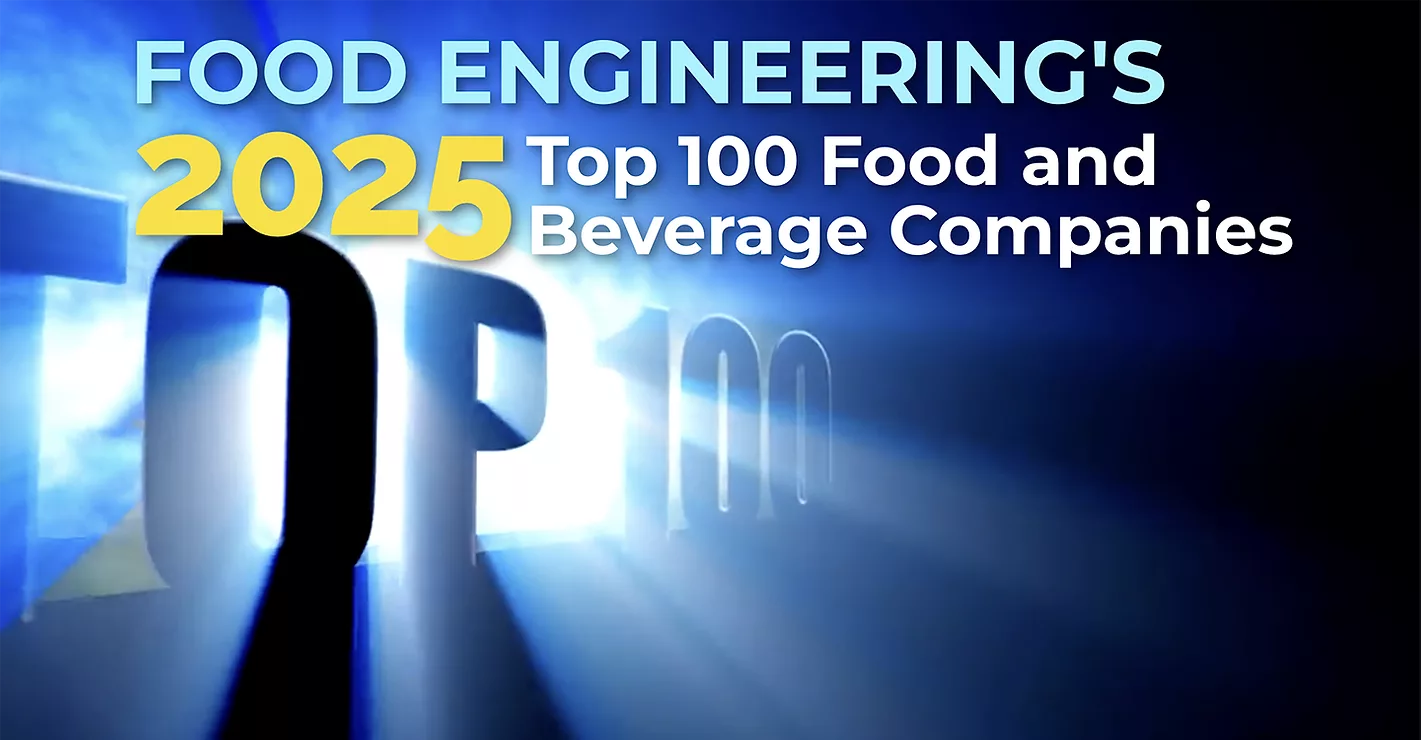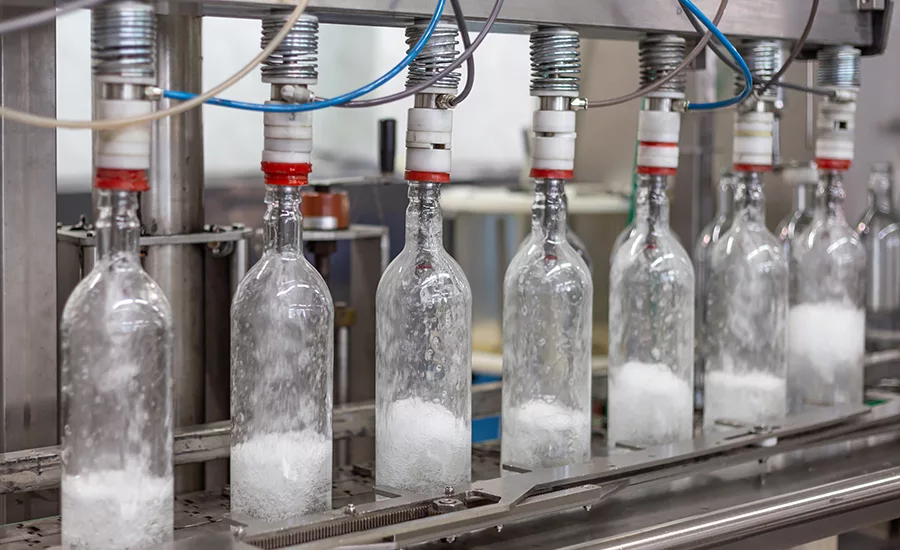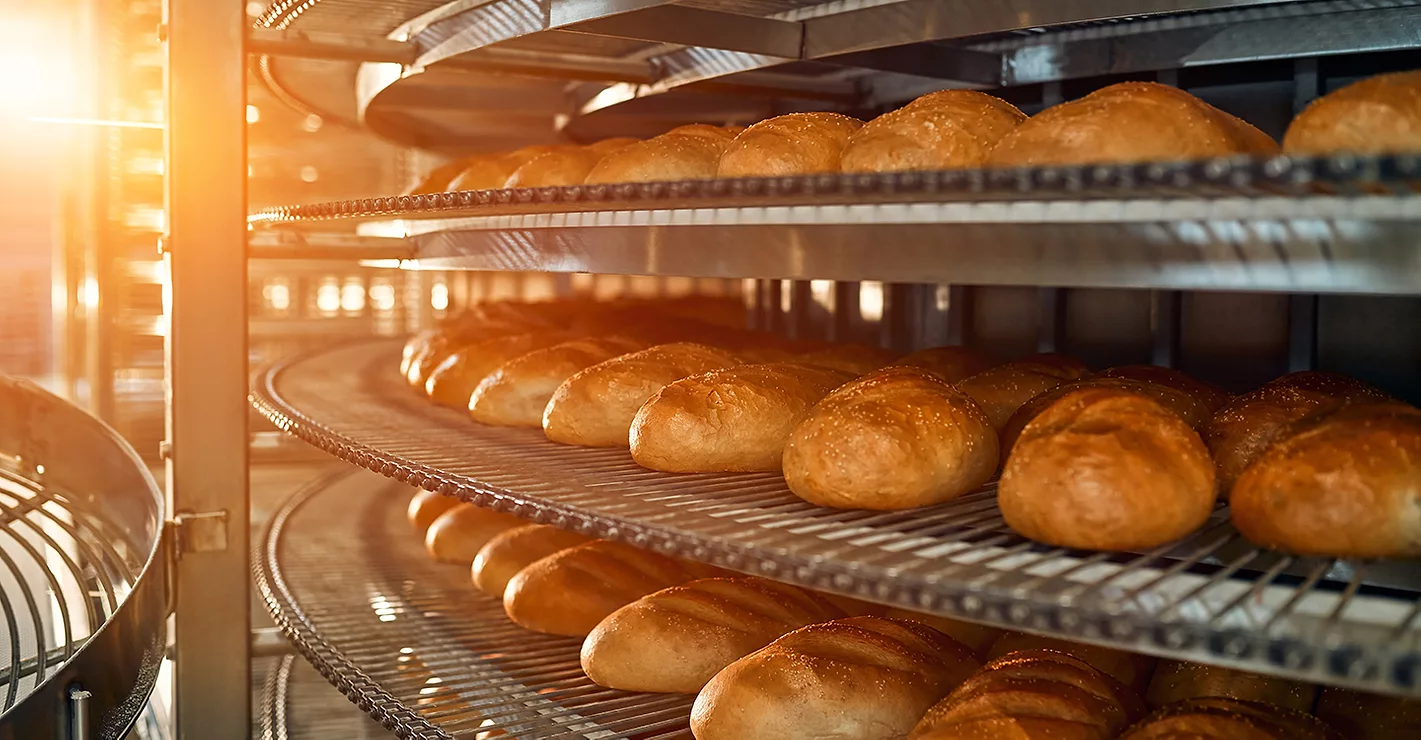Ship Shape

When Campbell Soup Company decided to enter the coveted Japanese market, the company needed to be sure that its soup, juices and other beverages were transported from San Francisco to Tokyo without any damage to cans or printed labels.
Japanese dock workers routinely scrutinize shipments for any discolored or peeling labels, or for spot rusting on cans, and will reject entire boatloads of product if even a portion of the shipment contains defects. Simply put, there is no "accepted rate" of product damage in Japan.
Therefore Campbell needed to guarantee that its products would arrive in exactly the same condition as they were when loaded into sea-bound shipping containers. While cargo may leave and arrive in port at certain dew point conditions, ocean voyages frequently introduce atmospheric changes into cargo hold. Recognizing these conditions could cause product containers to rust and peel while en route to Tokyo, Campbell specified Container Dri II humidity and moisture control bags from Sud-Chemie Performance Packaging.
Dri II minimizes the hazards of humid environments by absorbing ambient moisture through a flexible microporous Tyvek bag. Once inside the interior of the bag, a patented formulation physically bonds with water vapor, transforming it into a thick, concentrated gel that remains in the bags and does not leak back onto cargo. At 90 percent relative humidity and 25 degrees C, Dri II absorbs up to approximately three times its weight in water.
Container Dri II bags are easy to use and placed in shipping containers after cargo has been loaded. After Campbell's products are loaded onto pallets, bags are placed underneath pallets and on top of containers, since warmer air at the top tends to carry more moisture.
Campbell was pleased that the bags provide moisture protection for up to 60 days during transports. Although it doesn't take 60 days for a freighter to travel from the Bay area to Japan, occasional delays occur at port.
Because Container Dri II is non-hazardous and non-toxic, Japanese dock workers dispose of bags with regular waste when unpacking shipping containers. Campbell uses 125-gram (four-ounce) size bags, though Sud-Chemi also supplies 50-gram bags.
Sud-Chemie's technical support staff worked with Campbell to determine the number of bags needed to ensure that cargo is suitably protected against moisture. Generally, 64 bags are used for a 40-ft. container. Generally, 64 bags are used for a 40-ft. container, though this number can vary depending on anticipated environmental conditions and shipping routes.
Campbell's success at controlling moisture is reflected in the lack of complaints from its Japanese distributor. Further, the soup-maker has increased its operations due to greater demand for new and existing products in Japan, thus making the need for product protection even more critical.
Entering the Japanese market presented other unique challenges for Campbell. The company needed to overcome Japanese hesitancy towards cream-based soups, since Japanese soups are traditionally broth-based. As a result, Campbell formed a partnership with Nakano Vinegar Co., Ltd., a leading food company in Japan, to help coordinate its marketing campaign. The two companies formed a joint-venture called Campbell Nakano, Inc. and Campbell's soup can labels seen in North America were translated into Japanese to introduce eight cream-based soups, including mushroom and seafood.
Sud-Chemie Performance Packaging,101 Christine Drive, Rio Grande Industrial Park, NM 87002 (800) 989-3374; Fax: (505) 864-9296; www.s-cpp.com
Product 202
Looking for a reprint of this article?
From high-res PDFs to custom plaques, order your copy today!



